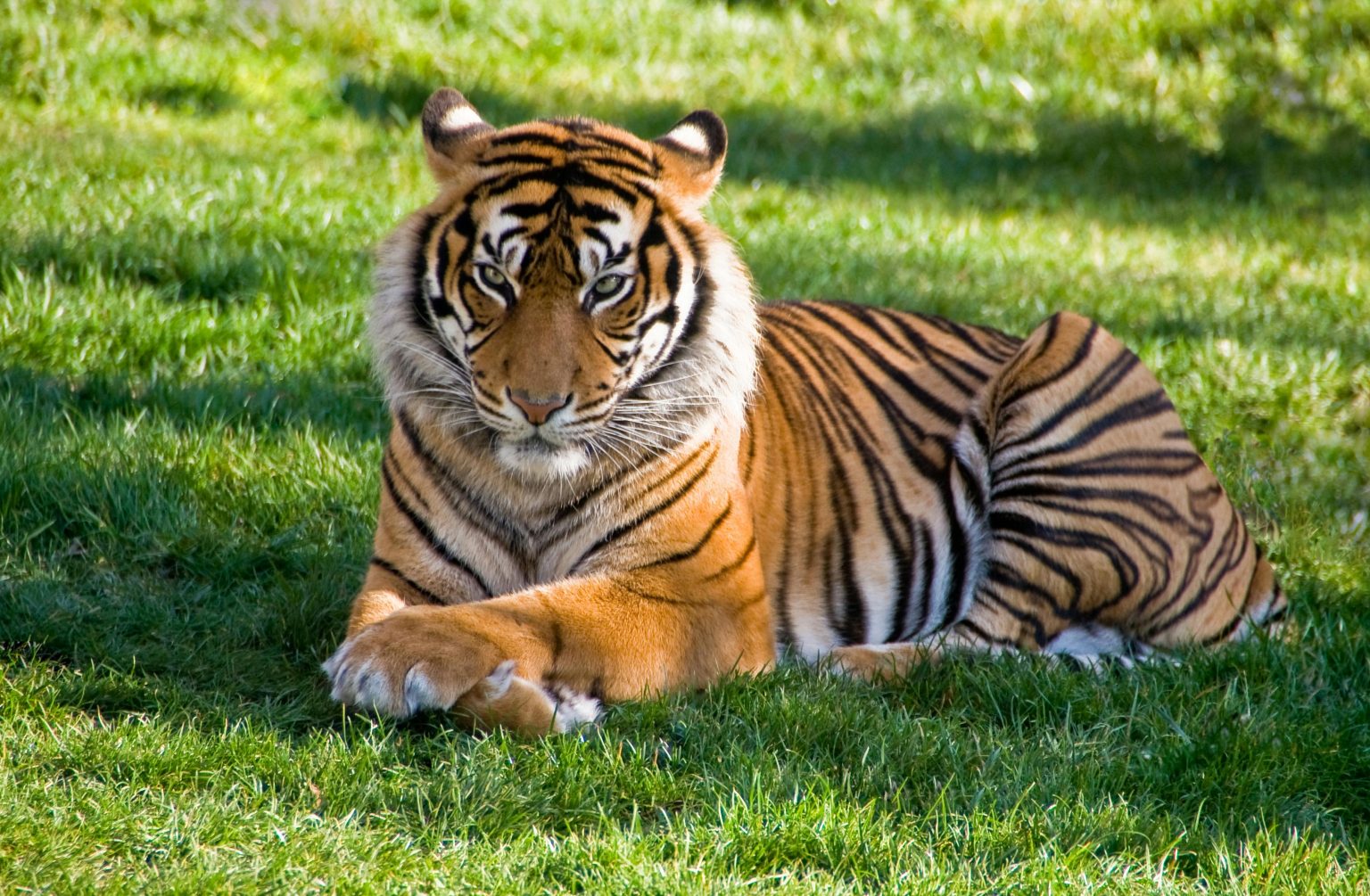Every year, on July 29, people around the world celebrate International Tiger Day. This day is dedicated to raising awareness about the need for tiger conservation and highlighting the threats that these magnificent big cats face in the wild. International Tiger Day began in 2010 during the Saint Petersburg Tiger Summit in Russia, with the goal of promoting a global system to protect tigers’ natural habitats.
Tigers are an endangered species, with only a fraction of their historical population remaining. Events and campaigns on this day aim to educate the public on the critical situation and efforts required to save these animals from extinction. By drawing focus on the importance of tiger conservation, International Tiger Day helps ensure that future generations might still witness these powerful creatures in the wild.
The efforts to save tigers are global, involving 13 tiger range countries that have committed to doubling the wild tiger population. Known as the Tx2 goal, this initiative underscores the urgent need for collective action. Through public engagement and support, International Tiger Day plays a crucial role in mobilizing resources and attention towards preserving this iconic species.
Threats to Tiger Populations
Tigers face numerous challenges that threaten their survival, including losing their natural habitats, illegal hunting, and conflicts with humans.
Habitat Loss and Fragmentation
Tigers have seen significant habitat loss due to deforestation and human development. As forests are cleared for agriculture, roads, and urbanization, the areas where tigers can live and hunt shrink.
The fragmentation of these habitats means that remaining forests are often small and disconnected. This prevents tigers from moving freely to find mates, food, and safe places to live. As a result, genetic diversity decreases, making populations more vulnerable to diseases and other threats.
Additionally, habitat loss forces tigers into closer contact with humans, increasing the chances of conflict.
Poaching and Illegal Wildlife Trade
Poaching remains one of the most severe threats to tigers. Despite international bans, tigers are still hunted for their bones, skins, and other body parts. These parts are highly valued in traditional medicine and the illegal trade industry.
The high price of tiger parts creates strong incentives for poachers. This illegal activity not only kills individual tigers but also disrupts entire populations. Enforcement of anti-poaching laws is often weak, and many regions lack the resources to combat this issue effectively.
The rise of online marketplaces has also made it easier to trade tiger parts, complicating efforts to track and stop illegal transactions.
Human-Tiger Conflict
As human populations grow and encroach on tiger habitats, encounters between tigers and people have become more common. This often leads to human-tiger conflict, where tigers attack livestock or, in some cases, people.
Farmers and local communities may retaliate by killing tigers to protect their livelihoods. These conflicts can significantly reduce tiger populations.
Efforts to mitigate these conflicts include creating buffer zones between human settlements and tiger habitats, erecting fences, and providing compensation for livestock losses. Education and awareness programs help local communities understand how to coexist with tigers safely.
Conservation Efforts and Successes
Efforts to protect tigers have seen numerous initiatives aimed at increasing their population and ensuring sustainable habitats. These include international agreements, scientific advancements, and community-based education and engagement projects.
International and National Initiatives
Tiger conservation has been driven by numerous national and international efforts. The TX2 initiative, led by World Wildlife Fund (WWF), aims to double the number of wild tigers by 2022. India, home to about 60% of the global tiger population, launched Project Tiger in 1973 to create protected reserves.
The Global Tiger Summit, first held in Russia in 2010, highlights conservation strategies by bringing together governments and conservationists. The International Union for Conservation of Nature (IUCN) also actively supports these efforts through various programs.
Science and Support
Scientific advancements play a key role in tiger conservation. Monitoring tools, including camera traps and satellite tracking, help track tiger movements and populations. Genetic studies ensure genetic diversity is maintained, which is critical for the health of the species.
Conservation bodies like IUCN release detailed reports to assess and improve measures. Innovative initiatives like the adopt a tiger program raise funds for on-ground conservation work, enhancing resources and support for tigers and their habitats.
Community Engagement and Education
Local communities are pivotal in the success of tiger conservation efforts. Educating communities through workshops and school programs raises public awareness about the importance of protecting tigers. Social media campaigns also play a huge role in spreading information globally.
Community-based projects help reduce human-tiger conflicts and promote sustainable practices. By involving local people in tourism and conservation initiatives, these efforts provide economic benefits and foster a sense of stewardship towards protecting big cats.



